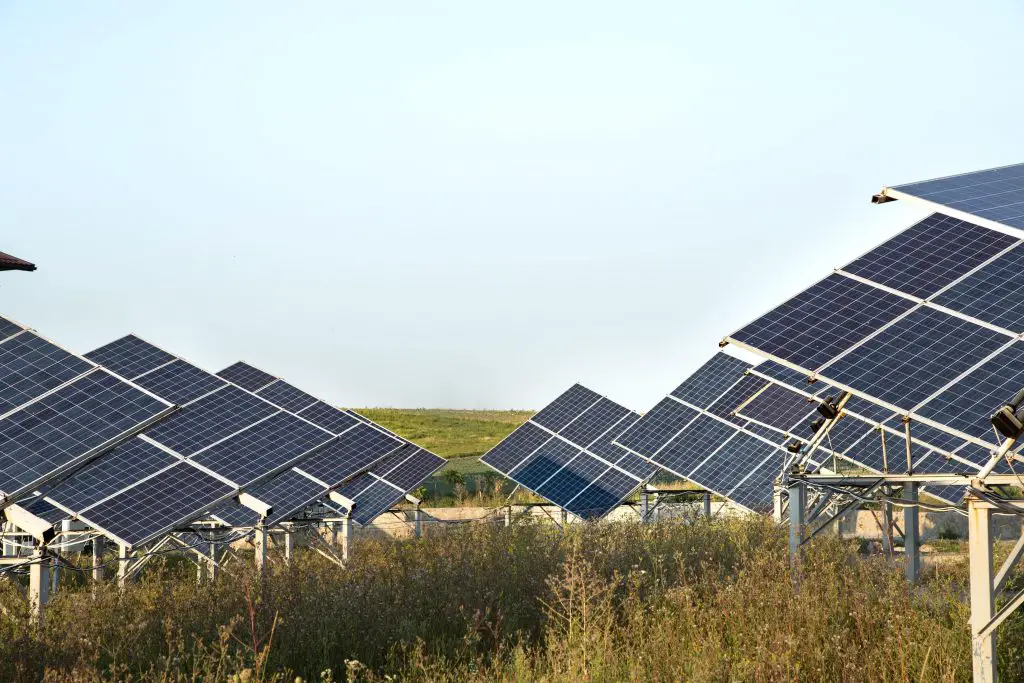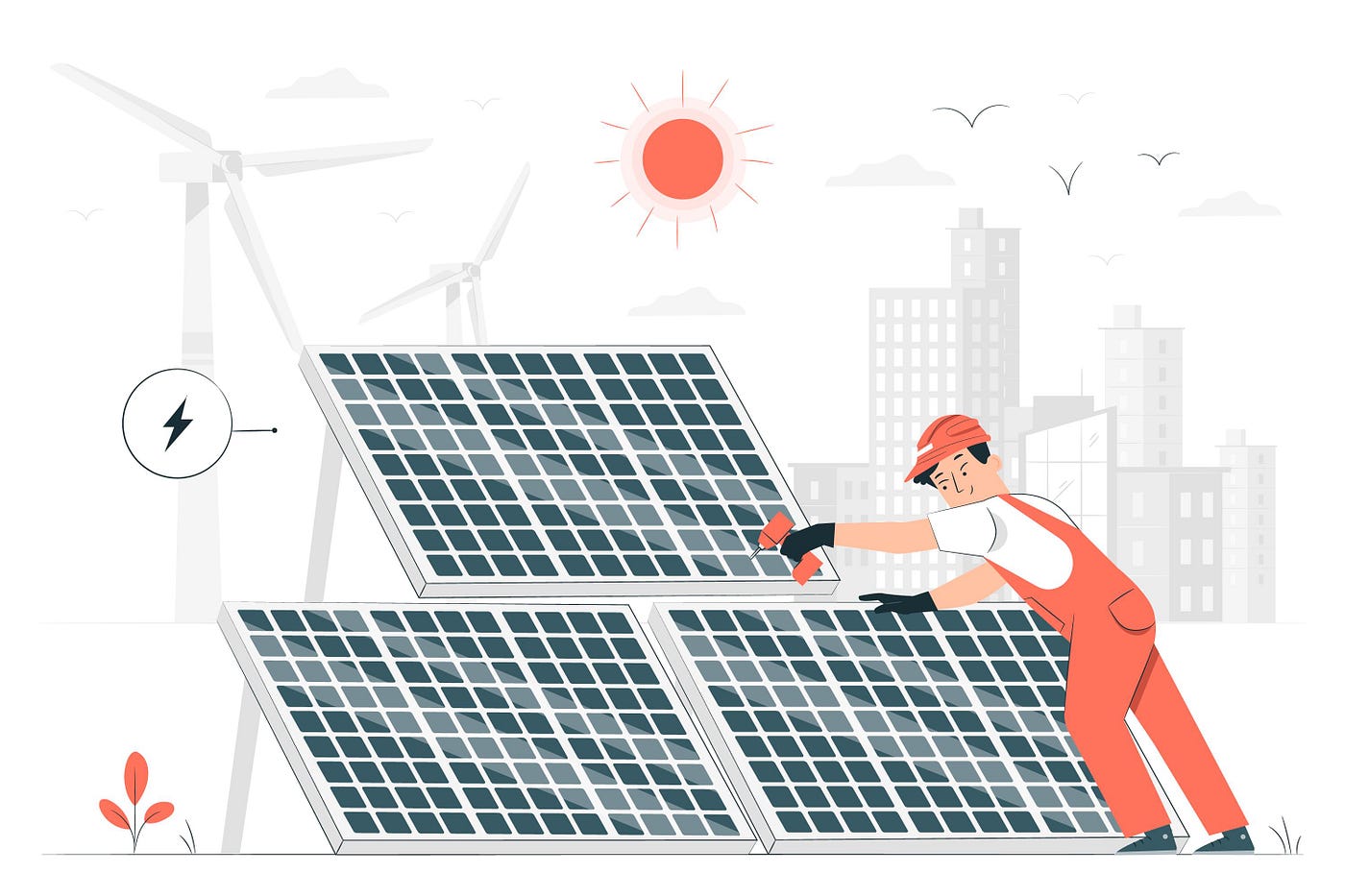Every serious purchase in your life requires careful consideration and advance planning. The installation of rooftop solar panels is no exception. Since this is a huge investment, certain factors need to be accurately calculated before choosing the solar panel that best suits your needs.
Today, millions of people choose solar panels as an excellent sustainable green energy option. Solar panels not only help offset energy costs but also represent a clean and environmentally friendly energy source.
More and more people are installing solar panels on the roof, why not? A report shows that more than 2 million homes in Australia have rooftop solar panels with a total capacity of more than 10 GW. Therefore, using solar energy is an easier way to contribute to a sustainable future.
A carefully planned rooftop solar panel system can turn your investment into a smarter investment. However, understanding the relevant factors before installing solar panels will help you avoid installation errors and unpleasant surprises.
 |
| 10 Important Things to Consider Before Installing Rooftop Solar Panels |
So, we have put together some basic things to consider before installing rooftop solar panels.
Choosing the correct solar panels
The solar panel largely depends on the type of solar panel you choose to install on your roof. Unless you have first-hand information about solar panels, it can be difficult to make the right decision.
Also, it is always advisable to buy a solar panel from a reputable company because it can be used for decades. In addition, it can also save you a lot of electricity bills. Solar panels are generally divided into three basic types:
- Monocrystalline panels
These panels are good at converting sunlight into electricity. They are efficient and take up less space on the ceiling.
- Polycrystalline panel
Compared to monocrystalline panels, these panels have lower heat resistance. However, these panels take up more space on the ceiling.
- Thin Film Panels
These panels are generally made by depositing semiconductor materials on ceramic materials. Although the cost is low, they need more roof space.
You can filter all options and choose the one that best suits your budget and roof needs.
Consider the type of roof
The roofs of millions of homes receive a lot of sunlight during the day. Therefore, the demand for rooftop solar systems has increased dramatically in recent years. Installing a solar panel system can be one of the smartest investments in your life.
However, before installing solar panels, the first important step is to determine if your roof is ready to install solar panels. Before opting to install solar panels on the roof, you need to consider certain things.
- Roof Shapes
Roofs come in many different shapes and sizes. Before proceeding to install solar panels, make sure your roof has enough space to install solar panels. However, if there is not enough space, you may not get the expected return on your investment.
- Roof condition
Before buying solar panels, check the roof. Solar panels can add extra weight to your roof. Therefore, your roof must be strong enough to support the weight of the solar panels.
- The weight that the roof can support
A typical solar panel with a mounting frame weighs approximately 12 kilograms per square foot. This limit is usually within the acceptable range of roof loads.
- Roof Warranty
If your solar panels are expected to last 20 years, but your roof can only be used for 10-15 years, your maintenance costs may increase.
The correct positioning of the solar panel
The correct positioning of a solar panel is an important factor to consider before installing it on the roof. When the sun's rays illuminate the surface of the solar panel vertically, the solar panel will use the most energy. Therefore, proper tilt angle and direction help to ensure that the solar panel produces maximum energy.
- Address
If you live in the Northern Hemisphere, the solar panel placement rule is that the solar panels should face south. However, if you live in the south, the panel must face true north. Solar panels facing east and west generate less electricity than solar panels facing the equator.
- Angle
The tilt frame is used to tilt the solar panel towards the sun. The optimal tilt angle of the solar panel is determined by the installation latitude of the solar panel. Optimizing the tilt angle can not only increase your efficiency but also help you generate more electricity.
Check Required Energy Usage
Your home's energy needs play a vital role in influencing your decision to choose solar panels. After knowing the average energy required, you can decide how many solar panels to install.
A typical solar panel is estimated to generate about 300 watts of power in one hour. Also, your solar installer can help you measure energy use.
To determine your home's average energy needs, you can check your past utility bills.
First, you need to multiply your home's hourly energy demand by the peak sun hours in your area. After that, divide it by the power of the panel. In this way, you can calculate your average energy demand.
Assess local financial incentives
To encourage increased use of solar energy, the government offers incentives to help make solar energy cheaper. The government offers incentives for people who want to install solar panels. Before installing solar panels in your home, you can evaluate these economic incentives.
- Investment grant
In the investment grant, the cost of installing solar panels is partially compensated.
- State Solar Rebate
No matter where you live, you can enjoy a state solar rebate. You can get a tax credit for investing in solar panel installations.
- Feed rate
In the feed rate or net metering, the solar energy produced is sold in exchange for electricity
Read More: 10 Important Things to Consider Before Installing Rooftop Solar Panels








